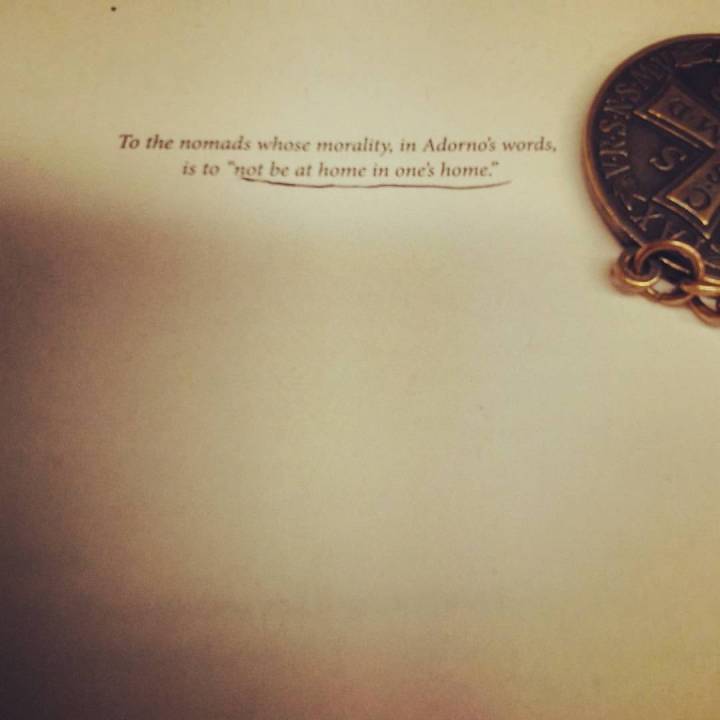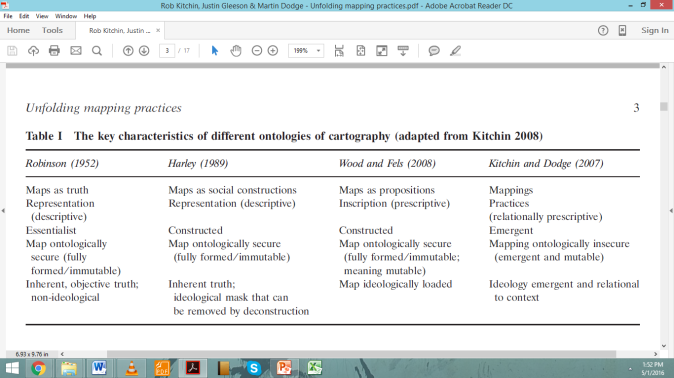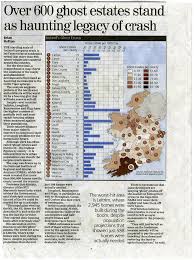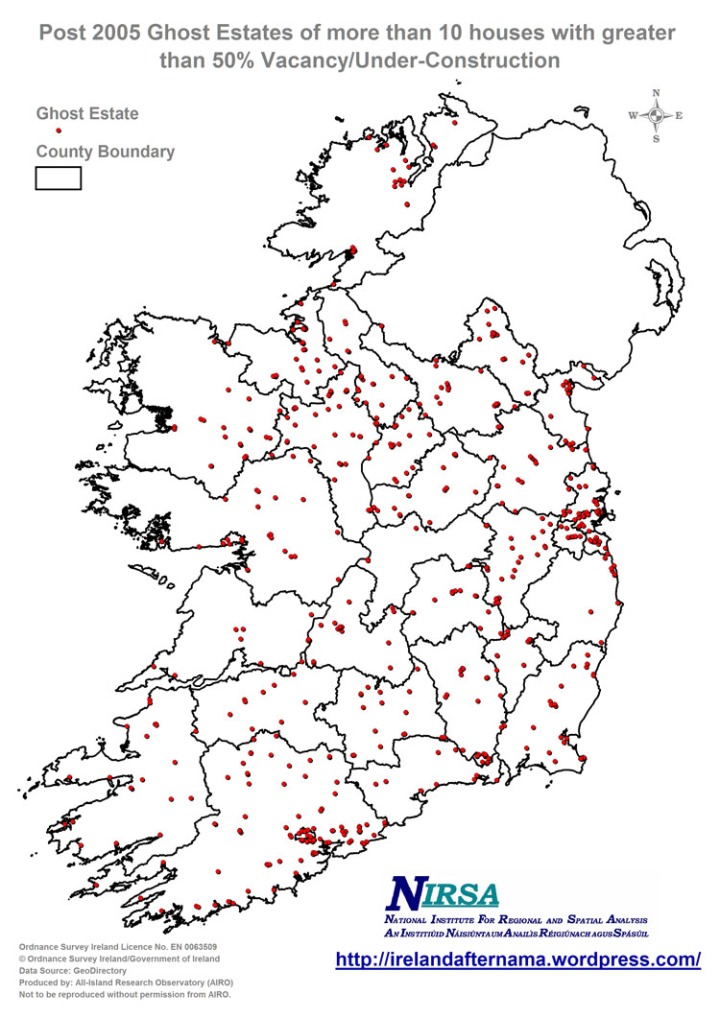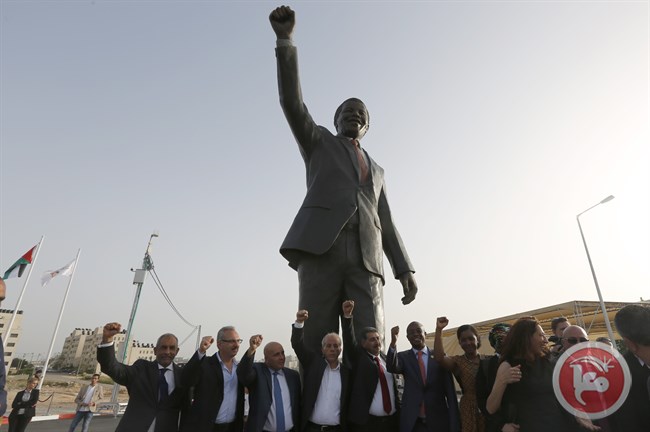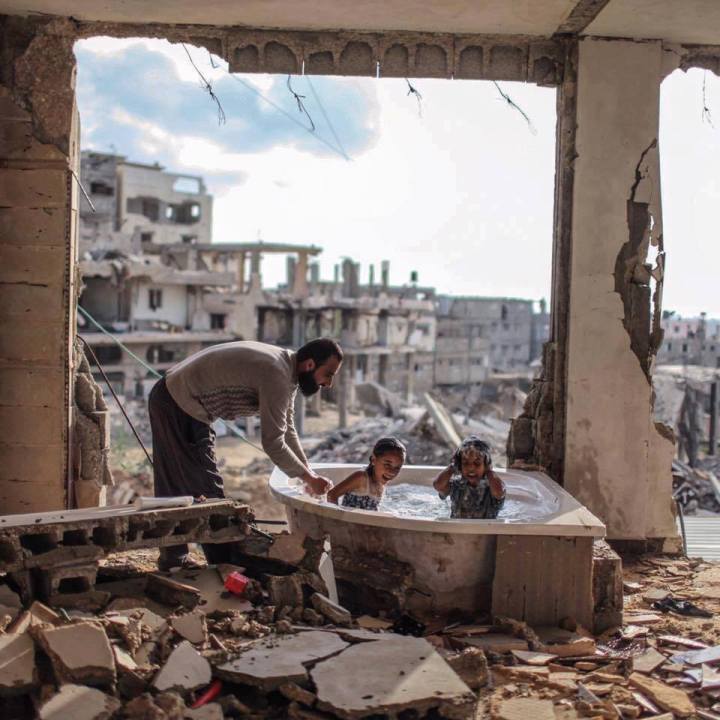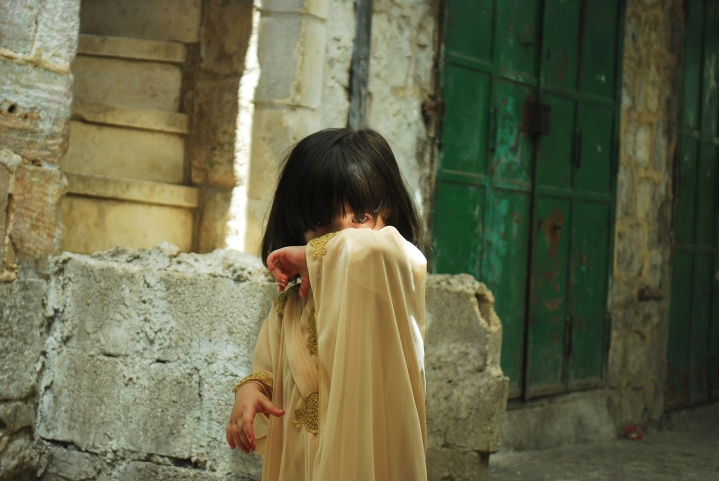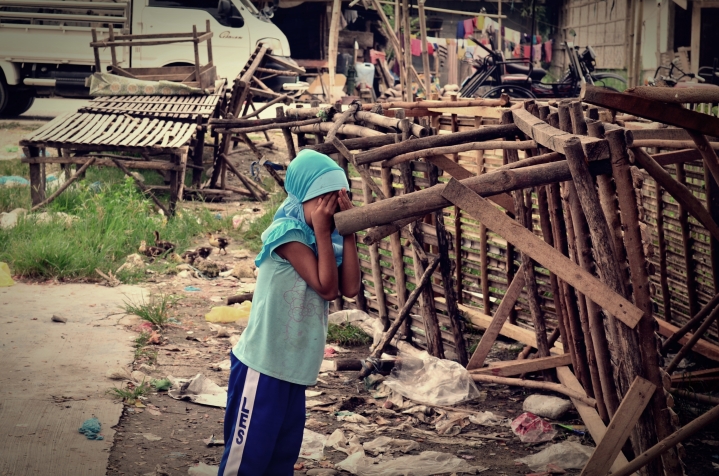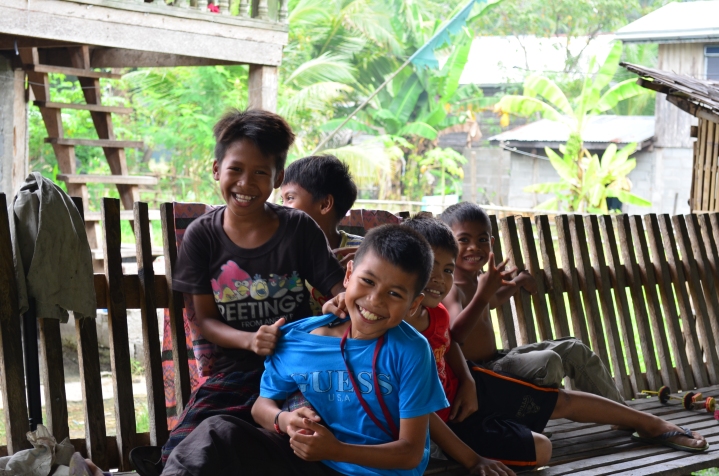Toward the end of the Yiddish summer programme, we watched Homeland (2008), by Israeli director Daniel Rosenberg. Some personal thoughts on the film below.
“Homeland”
Homeland is situated in 1948 in the midst of the Arab-Israeli war. The film is almost entirely in Yiddish. As a powerful yet sensitive critique of dominant narratives surrounding Israel’s founding, it would have had a defamiliarising effect on a Hebrew-speaking Israeli audience.
The year is itself an interesting choice of setting. Not only is it often compared to 1967 as a key turning point in the Arab-Israeli conflict, but the use of Yiddish is a more faithful rendering of the realities of the time. It is in 1948 where we find a generation of Yiddish-speaking immigrants wrestling with the contradictions of Jewish identity of this traumatic period. These tensions are carried through majestically in the film.
The differences between the two main characters could not have been more stark. On one hand, there is Mintz, the masculine Auschwitz-survivor-turned-Israeli-commander. On the other, we are presented with Lolek, the effeminate, stereotypically Yiddish mama’s boy, fresh off the boat. Like Mintz, Lolek is also a survivor of the death camps, but one who wants nothing more than to re-unite with his girl friend in Haifa.
Both are brought together by forces beyond their control. Both, like many other immigrants, are thrown straight from the furnace of war in Europe, into the fire of the Arab-Israeli conflict. Both too are held together by Yiddish, their Mother tongue (mama-loshn), and the lost world it represented, a place to which they would keep returning in their nightmares and limited conversations.
While Mintz insists on Ivrit, Lolek keeps returning to a Yiddish song based on Itzik Manger’s Oyfn veg shteyt a Boym. Manger’s poem reflects on a fledgling’s attempt to fly away from its nest on a dying tree. It is held back by its mother, its wings laid down by winter clothing which his mother insists that he carry. It plays in key moments throughout the film.
Some argue that the poem is a reference to the Shoah, appropriated as it was into something of a Zionist treatise on the destruction of Eastern European Jewry and the need for Yiddish mama’s boys to remake themselves as independent pioneers in the land of Israel. Still, the birds fly in all directions, making their homeland in both the ‘Diaspora’ and the Yishuv. Indeed the poem could just as easily be reinterpreted to represent the plight of Palestinians (or any refugee) uprooted from their homeland.
Likewise in the film, Lolek explores a depopulated Arab village, where he encounters a newly-hatched bird that has lost its mother (which he eventually puts out of its misery). He enters a house, where the possessions of an Arab family — prayer mats, photos of family, broken furniture — lie scattered and abandoned. There he stumbles on the corpse of a young Arab boy, likely killed by Israeli troops.
The end of the film offers something of a poignant parallel. Lolek hallucinates after days of walking in the desert and finds another house. Entering the door, he enters perhaps what is his last memory of his Yiddish-speaking mother and father, somewhere in Eastern Europe. The film closes with what sounds like a gunshot.
Homeland is dark in its retelling of 1948, taking as it does elements out of the pages of Jewish history which have been partially erased. Its cold realism contrasts with any thoughtless, vindictive historical accounting of the founding of the State of Israel, as a Manichean struggle pitting willing defenders of the Jewish state against the Arab Other.
Some were indeed willing, others were compelled by force of circumstance. Fewer still had any inkling of what victory, in the form of a protracted conflict, would cost to both peoples.
In 1948, it is difficult to imagine how Israel could otherwise have been born, except in a space produced at the intersection of two national tragedies — the Arab Nakba and the Jewish Shoah.
To put these side by side is not to force a facile symmetry between them, nor to debate over whether one was ‘worse’ than the other. It is rather to try to understand how ordinary people were caught in the cross-hairs of an inevitable catastrophe: between the realpolitik of Arab politicians, the manipulations or failings of the Zionist leadership, the West which by and large refused entry to Jewish DP camp refugees, and so on.
All states are born in war. Few reverberate with the unique traumas of the Loleks, Mintzs, and the nameless Palestinians of our time, nor with the symbolic registers of a land upon which their lives have stood witness. It was never a story of black and white but an unseemly, bloody grey.
How relevant for our purposes today, as the self-destructive winds of exclusionary nationalism, fear and mutual hate pick up pace once more, in Palestine and elsewhere. Today, recognition of the past, always painful and controversial, feels at once both essential to the task of reconciliation and a fruitless exercise.
Surprising revivals
By the end of the summer programme, we were also asked to consider the future of Yiddish film, and indeed for Yiddish more generally in popular culture, beyond its post-vernacular or Hassidic iterations. Here one is reminded again of Eran Torbiner, who has created entire documentaries and short films, mostly in Hebrew but some in Yiddish, on subjects like the history of the Bund and Matzpen in Israel. Others have made contemporary adaptations of poetry by Yiddish writers like Slomo Blumgarten (What Language does the sea speak?) and comedies by Yosef Tunkel.
Most are set in Israel, and it is in Israel that Yiddish has perhaps made a surprising comeback. Not least among Arab Palestinian students who have been trying to learn the language, offering some modest common ground upon which to build alternative Jewish and Arab Palestinian identities, beyond a politics of enforced separation.
– CJ Chanco





